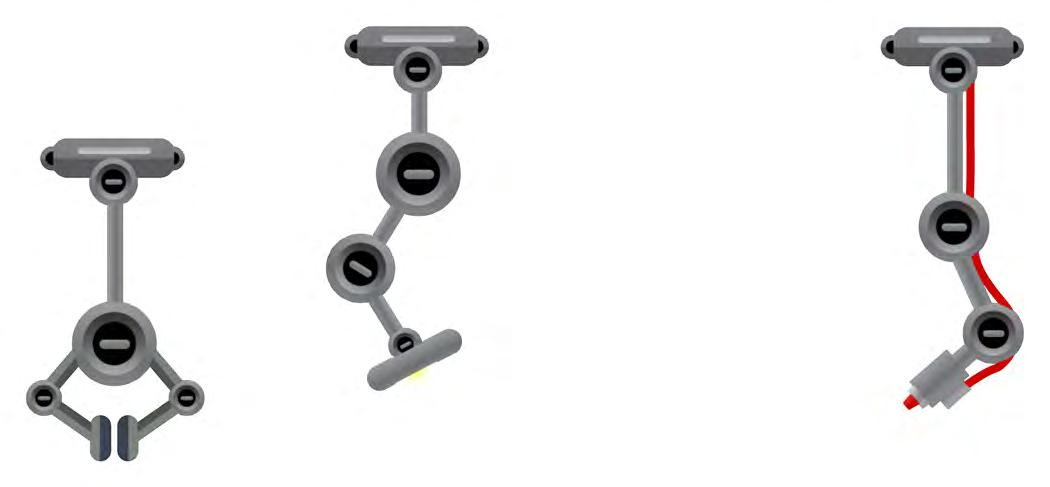SUSTAINABILITY 101 IN EDUCATION



















The race for those in the education sector working towards all schools being Net Zero has begun. We want to help those in the sector by silencing the noise and providing the most important details.




















The race for those in the education sector working towards all schools being Net Zero has begun. We want to help those in the sector by silencing the noise and providing the most important details.
iAM Compliant’s mission has always been to simplify everything around the topic of compliance and estates management. With the recent news from the Department of Education to continually ensure sustainability is a key focus for schools, we want to do the same by breaking it down into ‘real world language’ (as we like to say!)
What does sustainability mean?
Why is sustainability such a priority for schools?
Breaking down the sustainability jargon
Reduce, Reuse and Recycle
Energy Efficiency
Sustainable Transportation
Sustainable Classroom Practices
Conserve Water
Educate and Inspire
Community Engagement
Lead by Example
School Calendar - Getting you Started in 2025









Sustainability is the concept that humans must use earth’s resources in a way that satisfies the needs of today while leaving resources for future generations.






The UK government has set ambitious targets to achieve Net Zero carbon emissions by 2050, with an interim target of a 78% reduction by 2030. While not specifically focused on schools and MATs, these targets have implications for the education sector as highlighted by the DfE below.
A key initiative of DfE’s sustainability and climate change strategy for education is ‘sustainability leadership and climate action plans’. The strategy states: “By 2025, all education settings will have nominated a sustainability lead and put in place a climate action plan.” This includes early years settings, schools, multiacademy trusts, colleges, and universities. The longer-term goal
is to demonstrate how schools and MATs are continually working towards being Net Zero which includes physical changes but also behavioural.
One of the significant challenges in achieving carbon neutrality for schools and MATs is the need to reduce their carbon footprints while providing high-quality education and welfare for staff and students.



Gasses in the earth's atmosphere that trap heat and contribute to global warming and climate change.
Examples of GHG are:
• Carbon dioxide (CO2).
• Methane (CH4).
• Nitrous oxide (N2O).
• Ozone (O3).
• Fluorinated greenhouse gases (F-gases).









Click to view the Jargon Buster




































GHGs that are indirectly used by a company. They are often the largest part of a company’s Carbon footprint.
These are the hardest to gather the data for.
Some examples of this are:
Upstream




The production and transport of materials and components. Waste generation. Downstream Logistics, use and disposal of products.
Investments and franchises.



Streamlined Energy Carbon Reporting
This is a legal responsibility for some schools and MATs. They have to write a report and input it into their annual accounts. The report is structured in that includes carbon equivalent data over the reporting year and the previous year and compares the changes.
This is a smaller version of a full Carbon Footprint report. It just includes scope 1 + 2.
















Climate Action Plan
A CAP is a detailed plan that outlines how a setting can work towards sustainability and climate education and every school must have one in 2025.
Climate action plans can come in many forms. CAPS can be broken down into the following topics
• Decarbonisation
• Adaptation and resilience
• Biodiversity
• Climate education

Minimise waste by using digital resources instead of paper.
Encourage double-sided printing and copying.
Use durable, reusable items instead of disposable ones.
For example, use refillable pens, reusable water bottles, and washable dishes.






Set up recycling bins in classrooms and educate students on what can be recycled. Participate in recycling programs for electronics and batteries.


Turn off lights when not in use.
Use natural light whenever possible.


Turn off computers, monitors, and other electronic devices when they’re not in use.

Enable power-saving settings.

Set thermostats to energysaving temperatures and dress appropriately for the season.

Support the use of fuel-efficient or electric school buses.

Promote the use of public transportation or car sharing.
Encourage students, parents and staff to take the walk or bike to school.








Incorporate sustainability projects, like creating a school garden, into the curriculum.

Use non-toxic, sustainable school supplies. Opt for recycled paper and ecofriendly markers.



Plan visits to local farms, recycling centers, or nature reserves to teach students about sustainability in action or invite an expert in to do a talk.





Report and fix any leaks in school plumbing promptly.
Encourage students to turn off taps tightly and use water-saving practices.



Harvesting
Implement rainwater harvesting systems for school gardens.



Integrate sustainability topics into various subjects. Discuss climate change, renewable energy, and conservation.





Start or support eco-clubs where students can engage in sustainability projects and advocacy.

Invest in a external provider for CPD school specific content focused on the topic of sustainability to help have another voice.

























Work with local environmental organisations and community groups.

Organise events like clean-up after school clubs, tree planting, or sustainability fairs.


Run campaigns to raise awareness about environmental issues and sustainable living practices.






Model sustainable behaviours in your daily life. Use reusable bags, avoid single-use plastics, and practice energy conservation at home.
Stay informed about sustainability issues and best practices through workshops and training.








Take time to research into online tools that you could invest in that may have a monthly cost but could solve a lot of your challenges.





RSPB Big Schools Bird Watch
Continue to feed birds over winter months









World Nest Box Week
Fairtrade Fortnight
Great time to sow herbs like rosemary, thyme, sage and chives
Good time to put up bat boxes before bats come out of hibernation


Earth Hour the last Saturday of March
Earth Hour is an annual environmental campaign that brings attention to the effects of climate change by asking people to switch off lights at homes and businesses for an hour at 8.30 pm
Sow/plant vegetables like carrots, courgettes and potatoes
Keep an eye out for spring flowers in bloom






to School Week
summer crops such as lettuce, tomatoes and strawberries Good time to identify tree leaves










We hope your journey to being iAM Sustainable is made that bit easier with this guide.
If you have any questions or would like to speak to a member of our team then click HERE.
To find out more about sustainability, click HERE and see how iAM Compliant can help.